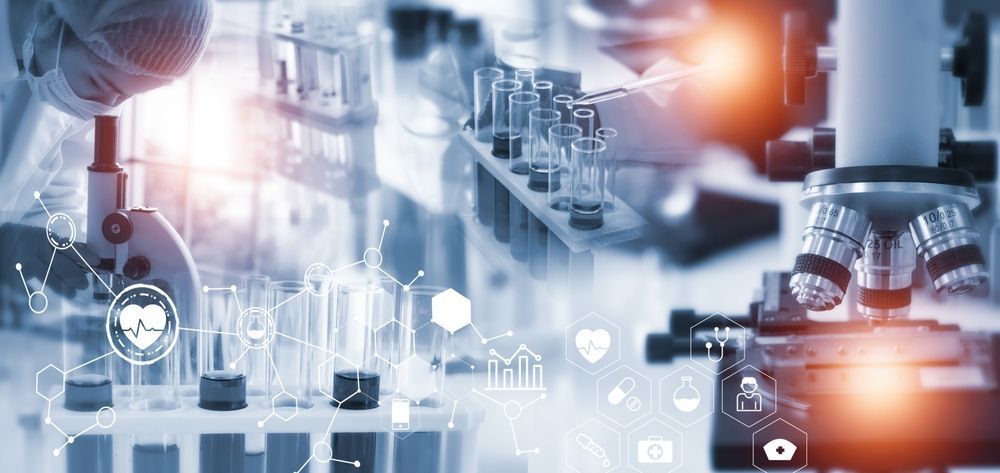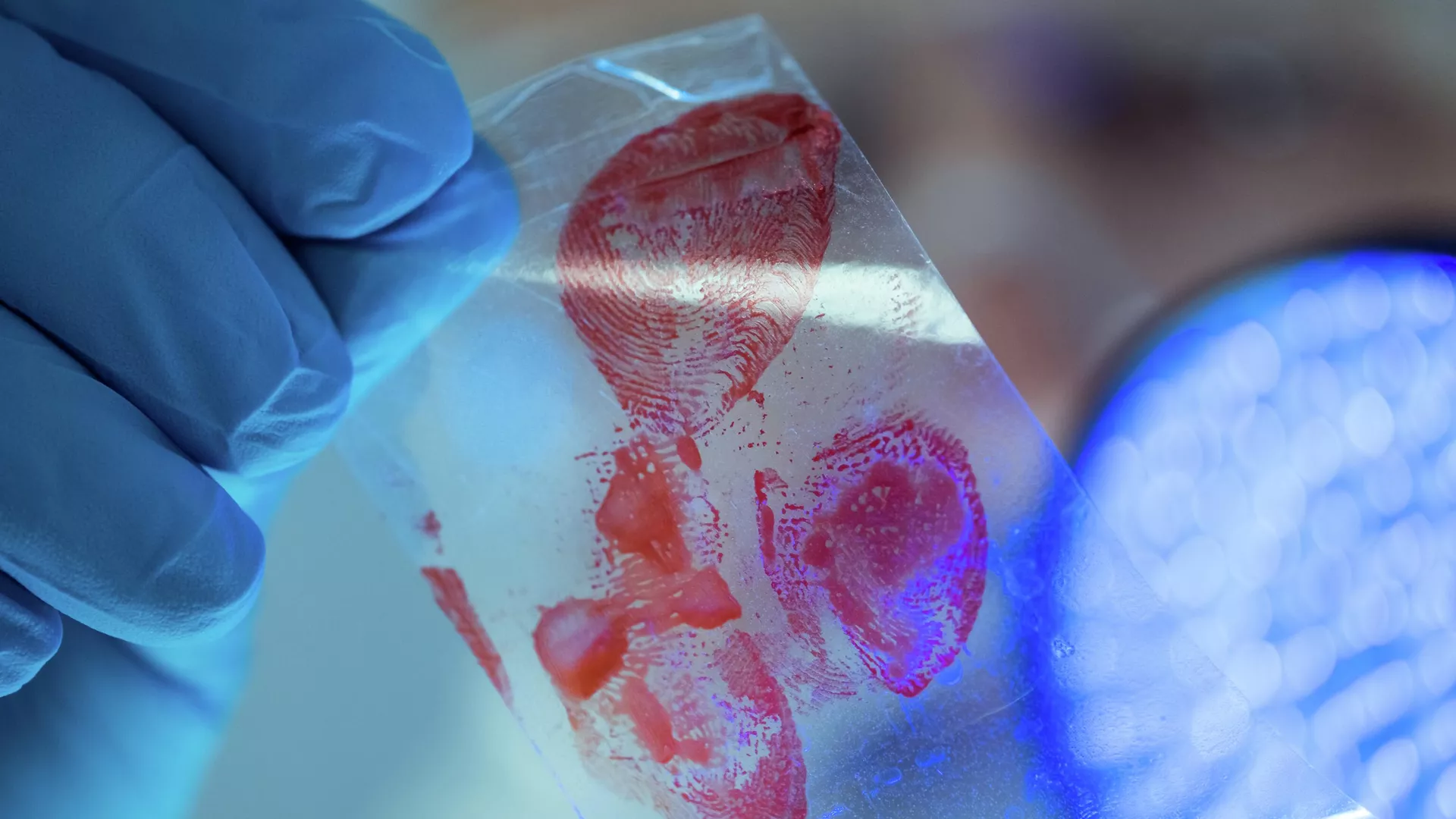

Scientists from Saratov State University (SSU), in collaboration with international colleagues, have developed novel chemical compounds that significantly enhance «chemical light» for detecting concealed blood traces at crime scenes and on other evidence. These same compounds could also be utilized in medical diagnostics for more precise identification of biomarkers within cells, thanks to their ability to glow brightly in the dark upon contact with specific substances. The findings of this groundbreaking research have been published in the esteemed journal ChemPhotoChem.
Traditionally, luminol has been employed in forensic and medical analyses to detect substances like hydrogen peroxide or iron in hemoglobin, emitting light through a chemical reaction. However, as noted by SSU specialists, luminol suffers from a low quantum yield, meaning a substantial portion of the energy that could be converted into light is lost as heat. This inherent limitation restricts the sensitivity of the method for certain critical applications, explained Natalia Burmistrova, a distinguished professor in the Department of General and Inorganic Chemistry at SSU.
The SSU research team, working in synergy with scientists from Germany and Spain, successfully synthesized a series of luminol derivatives that demonstrate significantly higher sensitivity in detecting dried blood stains and various cellular components. These compounds represent just the initial breakthrough, as the newly developed system allows for the systematic creation of numerous other luminol-based molecules with vastly improved light emission properties and enhanced solubility in a wide array of liquids.
Professor Burmistrova highlighted that experimental tests conducted with hydrogen peroxide unequivocally showed that some of the new substances nearly doubled the sensitivity of the classic detection method. She emphasized, «This innovative approach to finding derivative molecules with enhanced properties substantially reduces the time and resources required for intensive laboratory research, making our processes more efficient and cost-effective.»
Beyond their routine use in forensics and standard medical procedures, these innovative compounds hold immense potential to help monitor the integrity and shelf-life of antibody-based vaccines. Luminescence would effectively indicate antibody aggregation, a critical sign that the vaccine is no longer suitable for use, thus ensuring vaccine efficacy and safety, Burmistrova further explained.
Looking ahead, the specialists aim to continue their research by developing a greater number of «improved» luminol-based molecules. These future developments will be meticulously tailored for an even wider range of specialized applications, promising to revolutionize detection methods across various scientific and practical fields.











